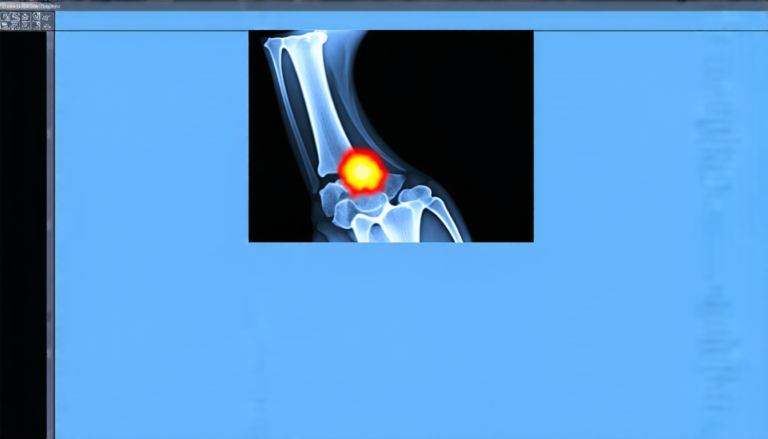Wednesday 16 April 2025
As we continue to rely on wireless communication networks, researchers are working to improve their efficiency and capabilities. One area of focus is LoRaWAN, a low-power wide-area network (LPWAN) technology used for Internet of Things (IoT) applications. A new approach aims to enhance LoRaWAN performance by combining it with the 2.4 GHz frequency band.
The current LoRaWAN standard operates in the sub-1 GHz frequency range, which is ideal for long-range communication but has limitations in terms of data rate and coverage. The addition of the 2.4 GHz band offers higher data rates and more flexible channel assignments, making it an attractive option for IoT applications that require faster transmission.
The new approach involves introducing relay nodes (RLs) that can communicate with both LoRaWAN devices operating in the sub-1 GHz range and those using the 2.4 GHz frequency band. RLs act as intermediate nodes, receiving data from LoRaWAN devices transmitting in the 2.4 GHz band and forwarding it to gateways operating in the sub-1 GHz range.
Simulation results show that this hybrid approach can significantly improve network performance compared to traditional single-band LoRaWAN networks. The study found an average increase in network throughput of up to 97% and energy efficiency gains of up to 67%. This is particularly important for IoT applications where energy consumption and scalability are crucial factors.
The introduction of RLs also enables the creation of multiple clusters within a network, each operating on a dedicated channel. This reduces interference between devices and allows for more efficient use of radio resources. The results demonstrate that this hybrid approach can provide better coverage and capacity in urban and rural areas alike.
While this research is still in its early stages, it holds great potential for the future development of LoRaWAN networks. As IoT applications continue to expand and become increasingly complex, the need for efficient and scalable wireless communication technologies will only grow. By combining the strengths of different frequency bands, researchers are taking a significant step towards creating more robust and reliable LPWANs.
The implications of this research extend beyond the realm of LoRaWAN itself, as it highlights the importance of exploring new ways to integrate different wireless communication technologies. As we continue to develop our understanding of these complex systems, we may uncover even more innovative solutions that can revolutionize the way we communicate and interact with the world around us.
Cite this article: “Revolutionizing LoRaWAN Networks: A Hybrid Approach Combining Sub-GHz and 2.4 GHz Frequencies”, The Science Archive, 2025.
Lorawan, Lpwan, Iot, 2.4 Ghz Frequency Band, Sub-1 Ghz Range, Relay Nodes, Network Performance, Energy Efficiency, Radio Resources, Wireless Communication Technologies







